Vision
Who will shape the future of Minnesota?
Confident, critical thinkers equipped with the knowledge and skills to lead Minnesota boldly forward. People who explore the Science Museum today will ultimately help answer some of the most essential questions of our times. We can’t wait for the future; we need to start now.
How can we adapt to our warming planet?
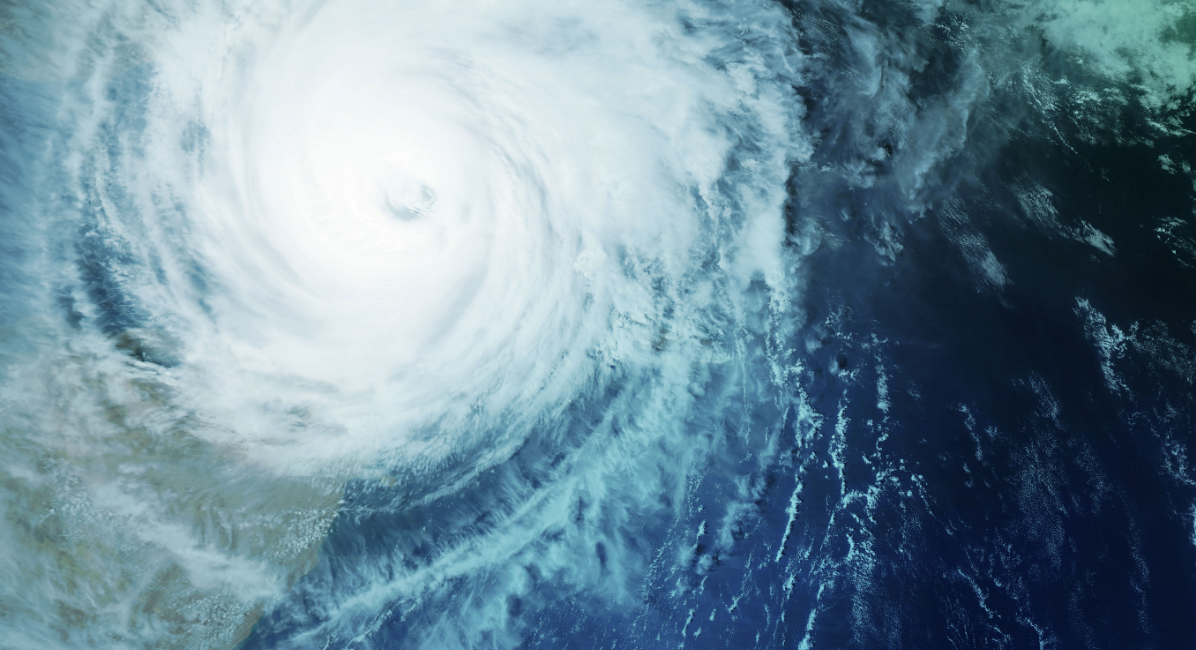
We are committed to addressing climate change—through our scientists’ work and by achieving carbon neutrality by 2030. And since our biggest impact may be inspiring future activists, scientists, educators, and politicians, climate change will be the Museum’s new central organizing theme.
How can we prevent future pandemics?
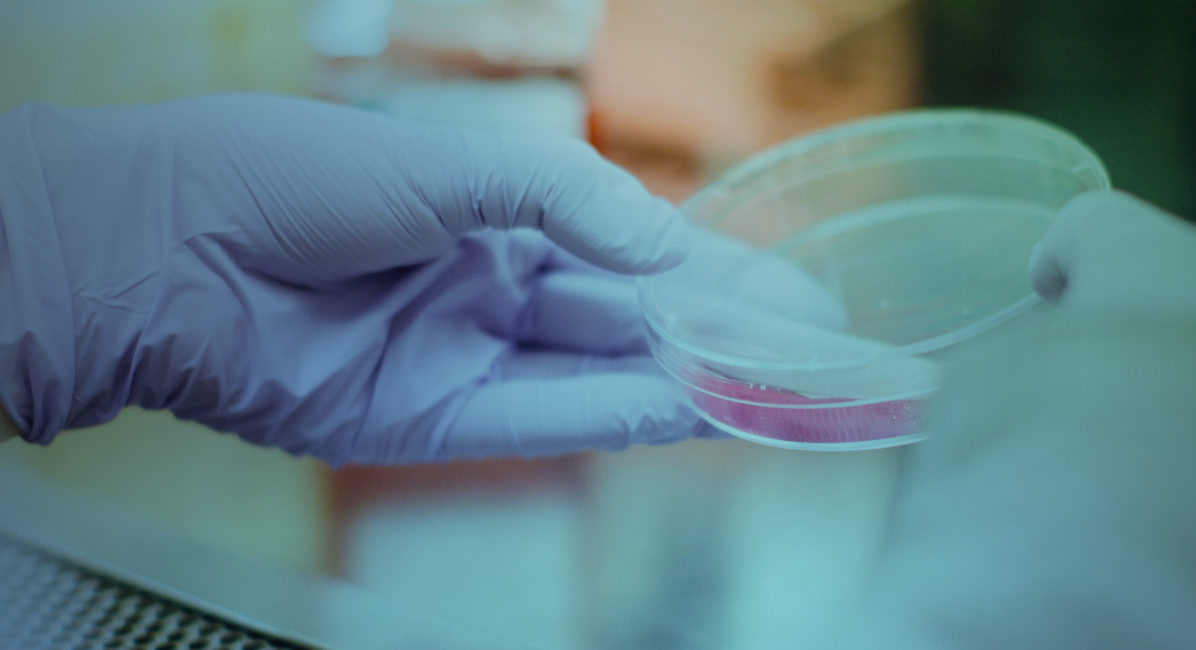
It has never been more obvious just how connected we all are. In order to protect each of us, we must strive to ensure the wellbeing of everyone. The Science Museum of Minnesota provides the science literacy necessary to navigate a world where humanity’s health is in all of our hands.
How do we open science to the breadth of human talent among us?
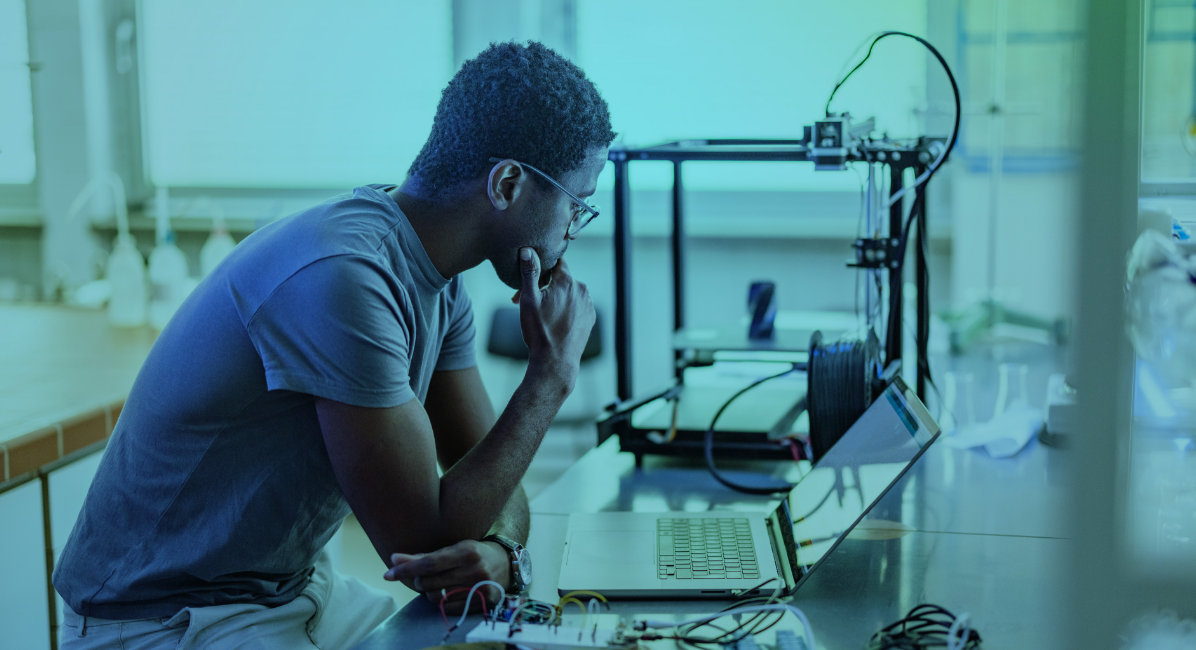
Science tells us that talent is evenly distributed, but opportunity is not: people of color, women, and non-binary individuals are vastly underrepresented across STEM fields. But this doesn’t have to be our future. The Science Museum of Minnesota is working to change this reality.
How can we harness technology to expand our human potential?
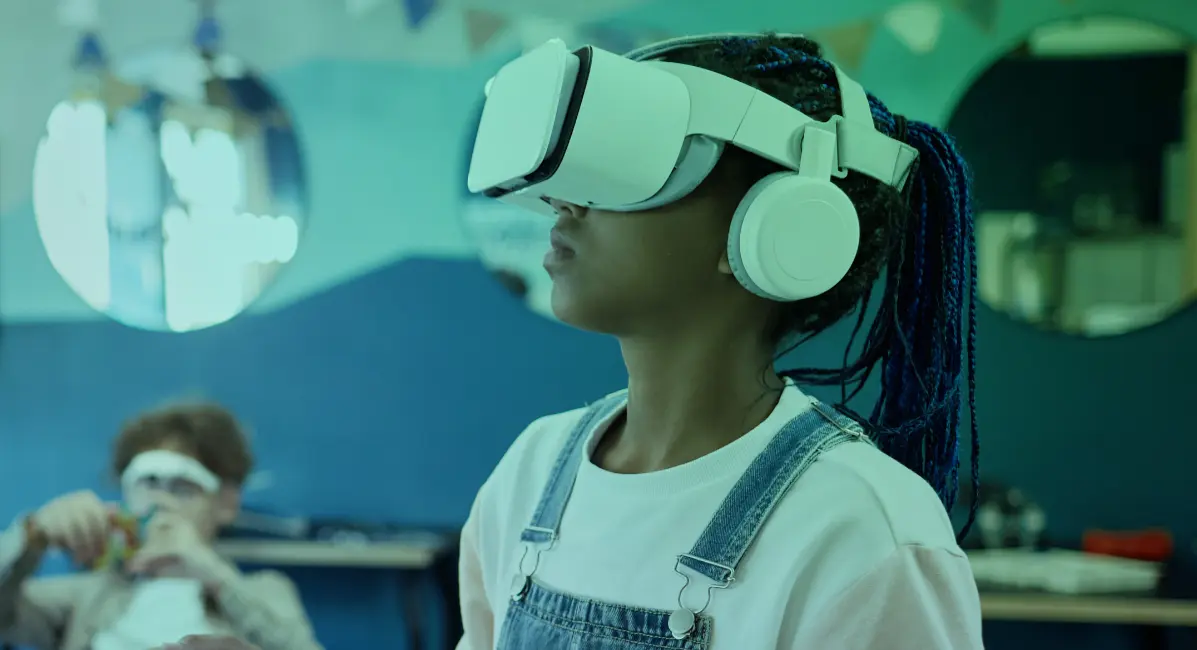
A new wave of advances is cresting, with artificial intelligence, augmented reality, and virtual reality among the innovations leading the way. Humanity’s relationship with technology and the digital world will define much of what we’re capable of, so we must cultivate the thinkers who will continue to lead the way to discovery.
How can we feed a growing population?
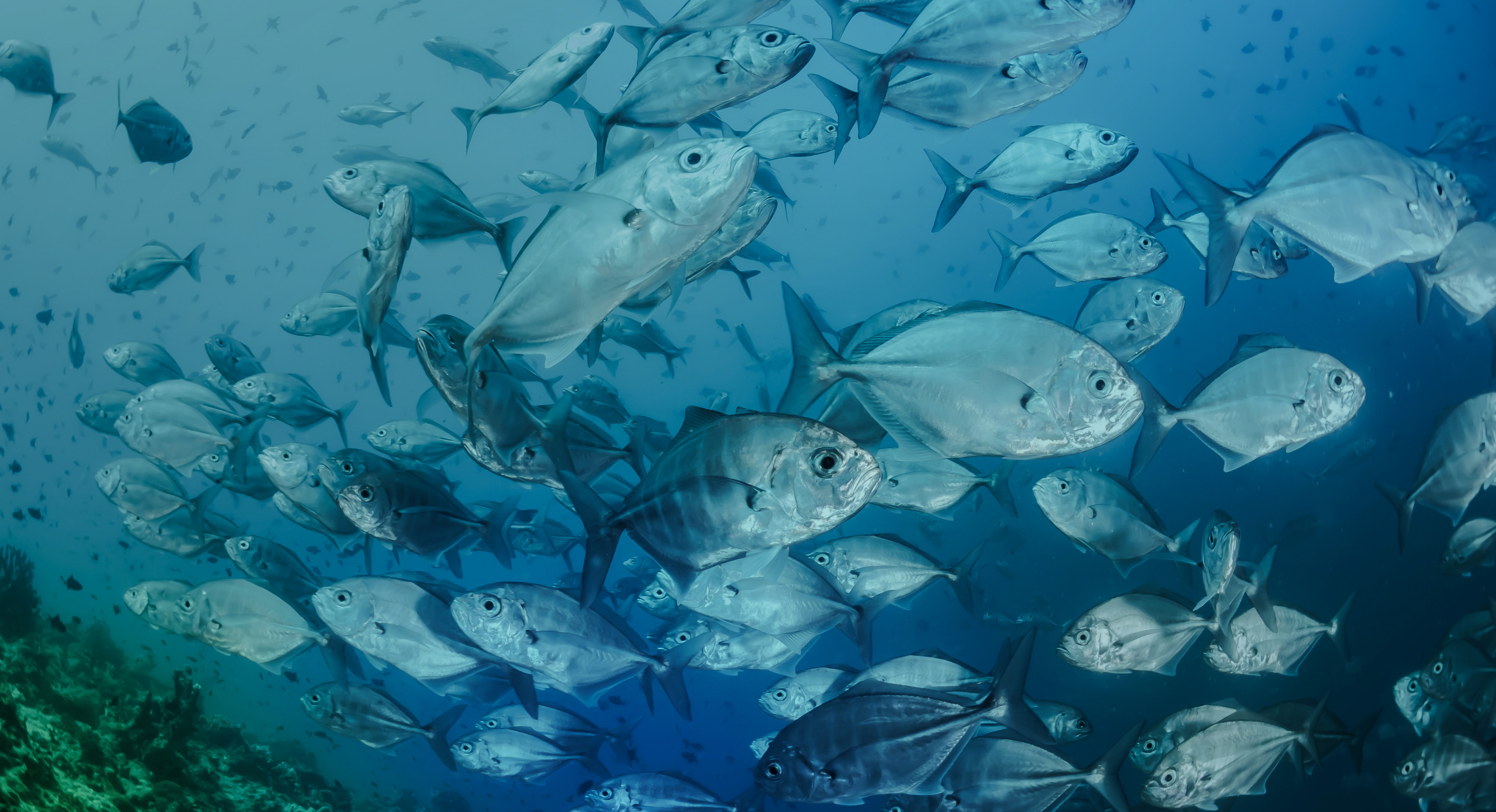
Ensuring a sustainable world means focusing on the future of food, water, and energy. Our research on these topics lays the foundation for policy decisions, and our upgraded infrastructure, energy, and water systems will achieve carbon-neutrality by 2030 while functioning as exhibits themselves.
How can we become an even more valued institution to a broader constituency?
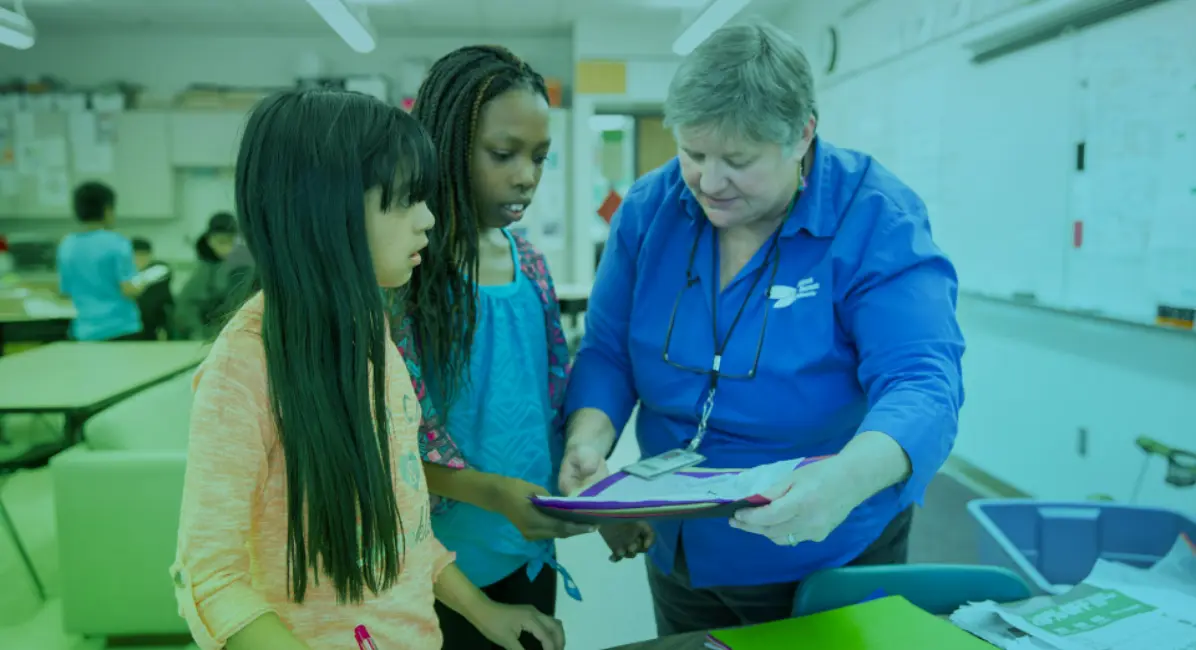
From the Dakota and Ojibwe people whose ancestors inhabited this land long before it became a state, to new residents arriving from Central America, Africa, Asia, and beyond, people are what make Minnesota special. The Museum will always be a catalyst for connection, helping us all discover what it means to be human.